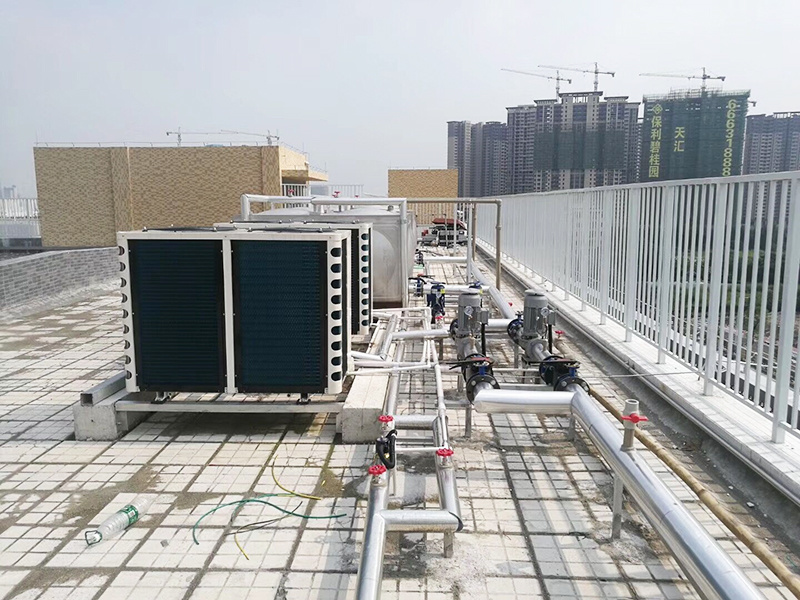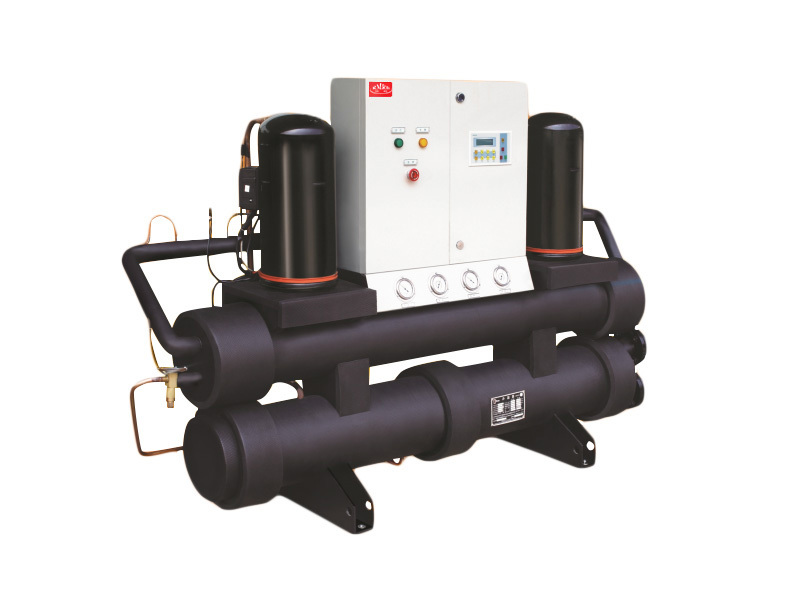Success Stories
Air source heat pump and water source heat pump analysis
Published on:
2023-04-20
Let's first talk about the air source heat pump that has become very popular due to the transformation of coal into electricity;
1), air source heat pump:
The air source heat pump is driven by a motor, uses the heat in the air as a low-temperature heat source, exchanges heat through the air conditioner condenser or evaporator, and then extracts or releases heat energy through the circulation system, and transfers the energy to the building using the unit circulation system User needs.
Schematic diagram of air source heat pump operation

advantage:
1. Wide range of application: the applicable temperature range is from -7 to 40°C, and it can be used all year round, and it can be used normally without being affected by bad weather such as cloudy, rain, snow, and winter nights.
2. Low operating cost: the energy saving effect is outstanding; compared with gas, electric and electric auxiliary heating solar water heaters, the annual cost is the lowest.
3. Environmentally friendly products: no pollution, no burning efflux, and no harm to the human body.
shortcoming:
1. Since the air source is a dispersed energy source, the heating speed is slow and the thermal efficiency is not very high.
2. Air source heat pumps are prone to frosting problems, which are limited by regions. In an extremely low temperature environment of -10°C or lower, there is little heat energy in the air, and the heat energy that can be converted is limited, and the work efficiency will be greatly reduced.

2), water source heat pump
After analyzing the air source heat pump, let’s look at the advantages
and disadvantages of water source heat pump; The principle is a technology that realizes the transfer of low-level heat energy to high-level heat energy through a small amount of high-level electric energy input.

advantage:
1. Water source heat pumps are convenient for centralized management. One or several water heat pump units are set up for the size of the park and phased construction, which is convenient for phased management.
2. The hydrothermal heat pump can provide heat source and also provide cooling in summer. For the requirements of public buildings that need cold and heat sources, one machine can be used for multiple purposes.
3. No waste, clean and environmentally friendly. Water source heat pumps utilize the energy of groundwater resources. Water source heat pumps save more than two-thirds of electric energy compared with electric boiler heating, and more than half of energy compared with fuel boilers, thereby reducing carbon emissions.
shortcoming:
1. The conditions of the water source used are limited. In order to protect the groundwater source from pollution, some cities prohibit extraction and utilization; water source heat pumps that use river and lake water are also affected by many factors such as seasonal water level drops. The use conditions of water source heat pumps are more restrictive.
2. The initial investment of the ground source heat pump is relatively high, the system is complicated, and the installation is difficult. Ground source heat pumps have high requirements for design, construction, and construction site management, and professional technicians are required to participate.



